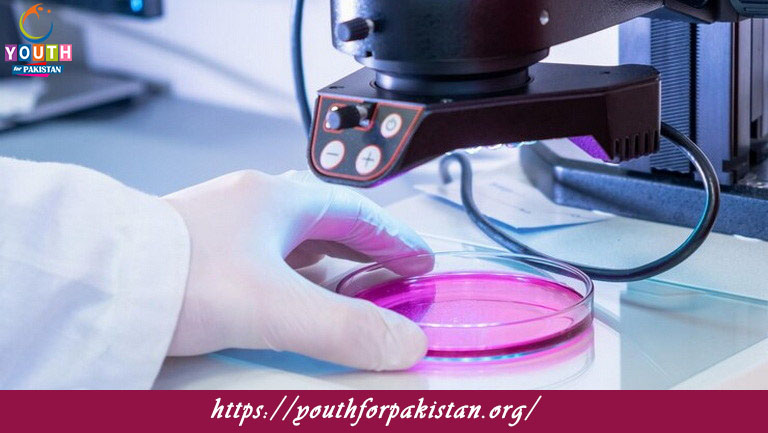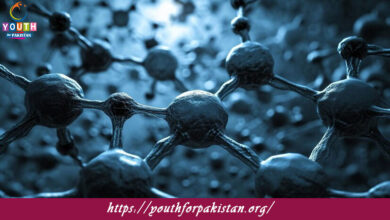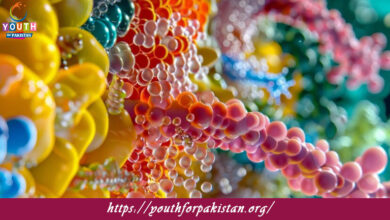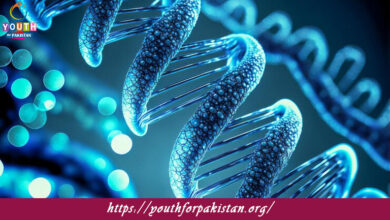Biochemistry Quiz with Answers

Welcome to the Biochemistry MCQs with Answers, it helps learners quickly identify areas for improvement in Biochemistry Online Test.
| Biochemistry is the study of the chemical processes within and related to living organisms. It’s a laboratory-based science combining biology and chemistry, focusing on understanding the molecular mechanisms that drive biological functions. For students and professionals looking to master this field, practicing with Biochemistry MCQs is essential. These MCQs on Biochemistry cover various topics, including enzyme function, metabolic pathways, and molecular genetics.
Biochemistry Quiz Questions offer a comprehensive review of critical concepts, helping learners identify areas needing further study. Engaging in Biochemistry Practice Questions is an effective way to reinforce knowledge and improve problem-solving skills. Additionally, a well-structured Biochemistry Test Bank can provide an extensive collection of Biochemistry Multiple Choice Questions, ensuring thorough preparation for exams. |
Biochemistry Online Quiz
By presenting 3 options to choose from, Biochemistry Quiz which cover a wide range of topics and levels of difficulty, making them adaptable to various learning objectives and preferences. You will have to read all the given answers of Biochemistry Questions and Answers and click over the correct answer.
- Test Name: Biochemistry MCQ Quiz Practice
- Type: Quiz Test
- Total Questions: 40
- Total Marks: 40
- Time: 40 minutes
Note: Answer of the questions will change randomly each time you start the test. Practice each quiz test at least 3 times if you want to secure High Marks. Once you are finished, click the View Results button. If any answer looks wrong to you in Quiz, simply click on question and comment below that question, so that we can update the answer in the quiz section.
Download Certificate of Biochemistry Test
On the end of Quiz, you can download the certificate of the quiz if you got more than 70% marks.
Biochemistry Flashcards
If you are interested to enhance your knowledge regarding Physics, Computer, and Biology please click on the link of each category, you will be redirected to dedicated website for each category.





